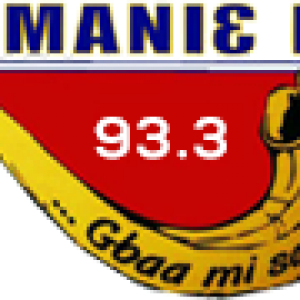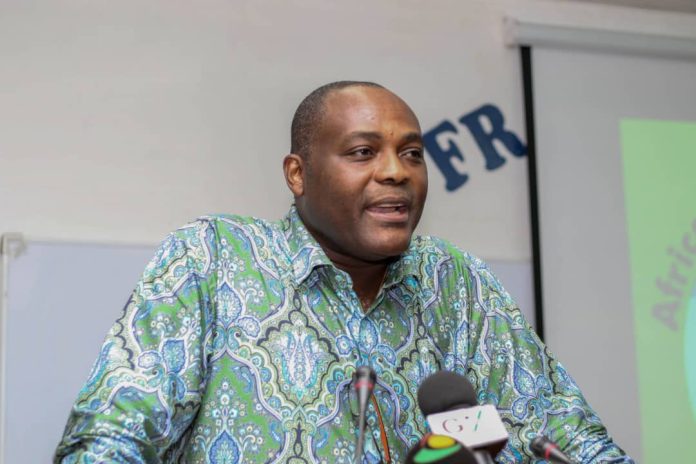A century ago, Garvey said while every nation was pushing through its agenda to full self-realization, the NEGRO AS A WHOLE (not Ghana, Nigeria, Togo or Chad) delighted himself in filling only the place created for him by the white man. It is worse now because yellow man China too is coming.
Negro consciousness is the same everywhere, and that explains the underdevelopment across our world.
Ghana has:
1. 16 regions – all of them dysfunctional to different degrees.
2. 16 Regional ministers – all appointed and accountable to one man, the President.
3. 261 MMDAs – all dysfunctional and appendages of central government.
4. 261 MMDCEs – all appointed and accountable to one man, the President.
5. 261 MMDAs – total membership running into 1000s (maybe 10000) 30% of which is appointed by on man, the President.
Ghana, my bellowed country is grossly over-governed and badly misgoverned. This structure is surely a wrong political product from the wrong mindset of the negro. Biko prescribed Black Consciousness Movement, and I, the African Reform Movement. The consciousness must reform.
’Revolution in Governance. New Consciousness in Africa. Retrogressive politics overthrown.’’
Let us continue the discussion on the next sphere of influence:
THE STATE GOVERNMENT
A state shall have 3 domains of similar populations for equitable distribution of resources & services.
1. State – 8-10% of national population. Will have five districts. The political domain.
2. District – 1.6 -2% of national population. Will have five constituencies. The service domain.
3. Constituency – 0.3 -0.4% of national population. The electoral domain.
Take home message – each state shall have 25 constituencies for representation in state parliament.
Governance
Political system – both partisan and nonpartisan parliamentary system.
Institutions
1. Parliament
2. State Traditional Authority (Regional House of Chiefs)
State Parliament – centre for political power
1. Membership
32 – 25 directly elected from the constituencies (5 from each district) and 7 indirectly elected from STAs. The STA sets its eligibility criteria for competent people to contest.
The National President no longer appoints 30% as he does now to MMDAs.
2. State Executive Committee (cabinet)
Premier + 6 commissioners for the care services areas listed below
Health
Education, Youth & Sports
Law & Order
Power & Water
Agriculture & Industries
Housing, Infrastructure & Transport
3. District Executive Committee (DEC)
The district is the centre of provision of the core services above
With the exception of the Premier and Speaker, the other 30 MPs will form the DECs
The 5MPs from each district plus 1 MP from the STA form the 6 member DEC
The 6 members of the DEC will be the spokespersons for the 6 service areas above
The Chairperson of the DEC becomes the Mayor of the District.
4. Advantages
Fully elected house, SEC and DEC.
No Presidential appointment
STA representation gives opportunity to very competent citizens who do not want partisan politics. This adds to the capacity and independence of the Parliament
Government of state unity. Every MP gets an executive role either in the SEC or DEC
This seamlessly merges state & local governments. The 1st in the world.
This brings service to the people through their own elected representatives
Total number of politicians 11 states X 32 MPs=352 as against the present 1000s. Incredible savings to fix our fiscal deficit and debt while delivering great service. Lean & efficient government. Sɛ wompɛ wei’a wo pɛ diɛn? (I hope I’m right). Lol.
Stay tuned for Part 4 – Funding and further benefits of economic federalism.
Tswa omanye aba.









